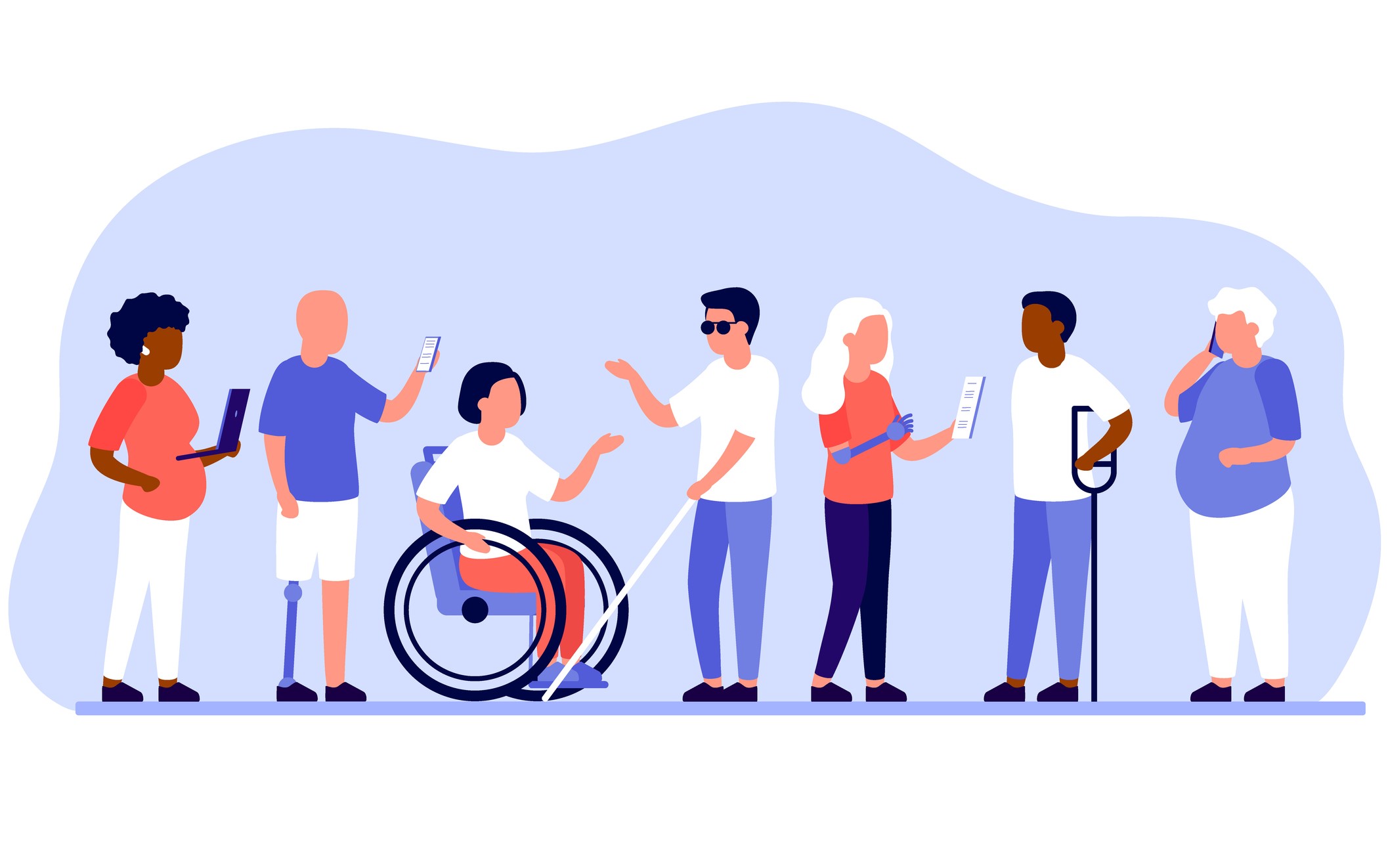In December, we checked in on the state of mass transit, particularly in New York City. A lot has gone on since then. While it’s not back to “normal,” there’s evidence out there that people will need NYC commuter benefits sooner than later. Both big and small companies are announcing return dates to the office now. Local and state governments are reducing or dropping Covid-19 mandates as cases and hospitalizations continue to fall.
Little by little, employees are heading back to the office and the question remains, “How will they get there?”
Here’s a look at how mass transit and commuting are doing in New York City and other parts of the United States.
New York City mass transit has some gains
New York City transit was in tough shape when we last checked in. Subway ridership was down 50 percent from its pre-pandemic numbers. Bus traffic has fallen by 60 percent. The Metro-North Railroad and the Long Island Railroad were both down 50 percent.
Unfortunately, it hasn’t risen that much since December. As of March 10, subway ridership was 53-56 percent of its pre-pandemic totals, a small increase. Buses fared much better. From March 7-10, bus ridership was 55-61 percent of before the pandemic. The Metro-North Railroad and the Long Island Railroad were tracking less than 50 percent of the ridership before the pandemic from Feb. 21-25, the last week available.
A bright spot in statistics is the number of people driving to work and using bridges and tunnels. That traffic remains at about 90 percent or above what it was before the pandemic. During the weekends, bridge and tunnel traffic is even more significant. Train service on the Metro-North Railroad and the Long Island Railroad also saw a spike during the weekends.
Other cities are still struggling
San Francisco’s BART rapid transit systems have also seen an increase in ridership in the last year, though its numbers do not compare to what they were before the pandemic. As of January 2022, it was servicing about 24 percent of the ridership before Covid. In February 2021, it was servicing about 12 percent.
Large tech companies like Google, Facebook, and Twitter are all handling return-to-office efforts differently. Twitter, for example, has allowed any employee to work remotely. Google and Facebook have similar policies. Those policies could hurt BART ridership long-term.
In the Washington, D.C. area, it’s more of the same. The Virginia Railway Express now has 16 percent pre-pandemic ridership, a new high since the pandemic began. The Metro train system has seen ridership increase to 29 percent of what it was doing before the pandemic. Metro officials say they’ll reach just 53 percent by the summer and 75 percent in 2024.
Like many transit operators, the Metro is losing long-distance commuters, many of whom work from home now and have no plans to return to the office regularly. Others are being given flex-time arrangements where they are working from home a few days a week and going into the office for the remaining workdays.
Car traffic is starting to rise on the East Coast
Location technology company TomTom tracks traffic congestion in major U.S. cities. TomTom told the San Francisco Chronicle that traffic on the East Coast has increased and is close to what it looked like before the pandemic. Areas like the San Francisco Bay Area continue to have lower traffic counts, though, because more tech workers may be working remotely now.
San Jose has seen a significant change in driving habits. According to TomTom, it was the #4 ranked city for traffic congestion in 2019. In 2021, it ranked 30th. Under TomTom’s method, congestion levels are calculated by comparing a driver’s trip vs. the same trip without congestion.
The top five cities in the rankings were New York City, Los Angeles, Miami, Baton Rouge, and San Francisco.
NYC commuter benefits
New York City is one of the municipalities that mandates workers get commuter benefits. New York City Council passed the NYC commuter benefits law in January 2016. If a business has 20 or more employees working full time, the employer needs to provide a commuter benefits program for the commute. Workers can spend up to $280 per month tax-free towards commuting costs like mass transit, qualified parking and rideshares.
A person making $55,000 per year will take home about $1,500 more per year if they use commuter benefits compared to someone who does not, assuming they have the same salary and commuting costs.
If you’d like to learn more about NYC commuter benefits or interested in setting up a commuter benefits program anywhere across the country, we can help you. Book a meeting with us today, so we can help you get started.







